Saturn is considered one of the gas giants. It is primarily composed of light gases, most of which is hydrogen. This allows a complex weather system, despite the fact Saturn is so far from the sun with little incoming heat. One reason is Saturn rotates on its axis so fast. And, that rotation is differential rotation.
What is differential rotation? Differential rotation refers to the fact that Saturn does not rotate like a solid, but instead rotates at different angular speeds at different latitudes. This also happens on the Sun and Jupiter. Differential rotation allows twisting of its atmosphere as one moves away or towards the equator other than the twists caused by a great Coriolis effect, the tendency of moving air to deflect to the right in the northern atmosphere and to the left in the southern hemisphere.
So, what is the Coriolis effect? Air must go around the planet in a day. It has farther to go near the equator in a given time. This results in the planet outrunning air moving towards the equator and being outrun by air moving towards a pole, since the east-west air flow is matched to the speed the planet is moving at the latitude. Saturn’s size and speed of rotation make this a Coriolis effect that is much greater on Saturn than on Earth, and is the effect that has much to do with our weather.
The result of Saturn’s atmospheric movements is it, like Jupiter, has alternating bands of wind direction as one moves from pole to pole.
Deep inside Saturn is probably, due to pressure and temperature, liquid hydrogen, solid hydrogen, then a rocky core possibly as large as the Earth. The liquid hydrogen moves electrons captured from the sun over billions of years which causes Saturn to maintain a strong magnetic field.







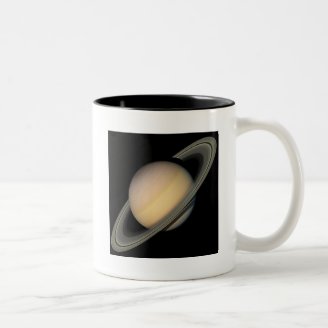
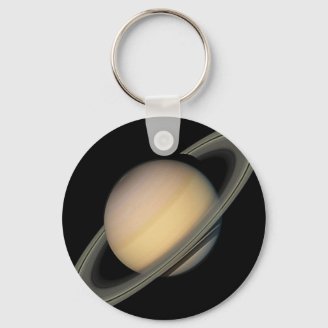
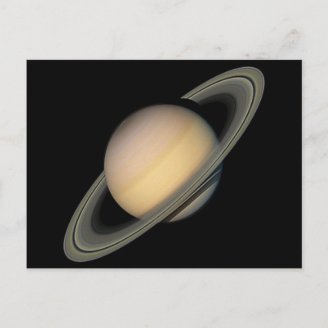
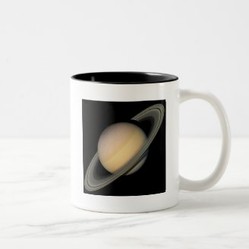

 The Linear Equation and Related Equations and Inequalitieson 08/15/2024
The Linear Equation and Related Equations and Inequalitieson 08/15/2024
 Understanding Calculus: A Simplified Approach to Derivativeson 08/05/2024
Understanding Calculus: A Simplified Approach to Derivativeson 08/05/2024
 Limits: Vital Building Blocks of Calculuson 08/01/2024
Limits: Vital Building Blocks of Calculuson 08/01/2024
 Mardi Gras Collectibleson 02/02/2023
Mardi Gras Collectibleson 02/02/2023

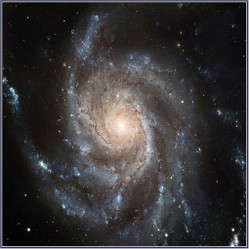
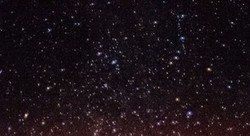
Comments
With a small telescope, one can see the rings as well as some moons. It is an amazing spectacle thanks for the write-up.
The rings are its distinguishing feature, yet scientists debate how long they will last before disappearing.
I have to say that Saturn is one of the most glamourous planets our Solar system can boast of. With its gorgeous rings, it is feast to eyes. The art posters you have displayed show how beautiful a planet can be even if it is devoid of life.
Air on any planet travels with the ground under it, or the gaseous surface. By day I mean in this article a Saturnian day. Air at the equator on Earth has about 40,ooo km to travel in a day by just remaining over the same spot, and at the poles it really does not have to go anywhere. It moves with the planet. So, it has a greater east-west component near the equator, the motion of the Earth itself. Saturn is larger and has a shorter day than Earth, so it has a greater Coriolis effect.
Why does air have to go around Saturn in one day? Is that true of the Coriolis effect on all exo- and solar system-planets?
Is it possible that you'll be writing similarly about the other gas giants?
Beautiful Saturn was known to the Babylonians as the white planet.